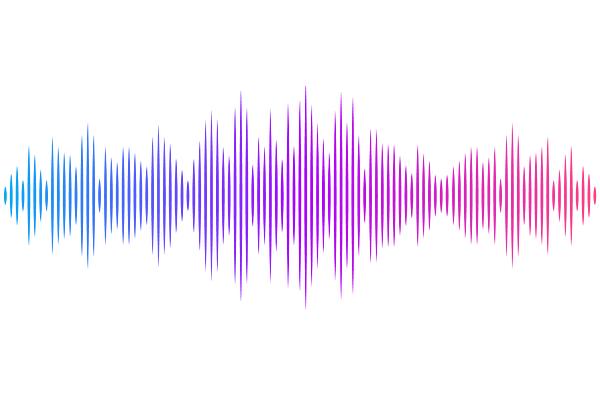Estimating the additive genetic variance for relative fitness from changes in allele frequency

Estimating the additive genetic variance for relative fitness from changes in allele frequency
Geeta Arun, M.; Angus-Henry, A.; Obbard, D. J.; Hadfield, J. D.
AbstractThe rate of adaptation is equal to the additive genetic variance for relative fitness VA in the population. Estimating VA typically involves measuring fitness proxies on a large number of individuals from a known pedigree. Such data are hard to collect and the results are often sensitive to the definition of fitness used. Here, we present a new method for estimating VA that does not involve making measurements of fitness proxies on individuals, but instead tracks changes in the genetic composition of the population. First, we show that VA can readily be expressed as a function of the genome-wide diversity/linkage disequilibrium matrix and genome-wide expected change in allele frequency due to selection. We then show how independent experimental replicates can be used to infer the expected change in allele frequency due to selection and then estimate VA via a linear mixed model. Finally, using individual-based simulations, we demonstrate that our approach yields precise and unbiased estimates over a range of biologically plausible levels of VA.